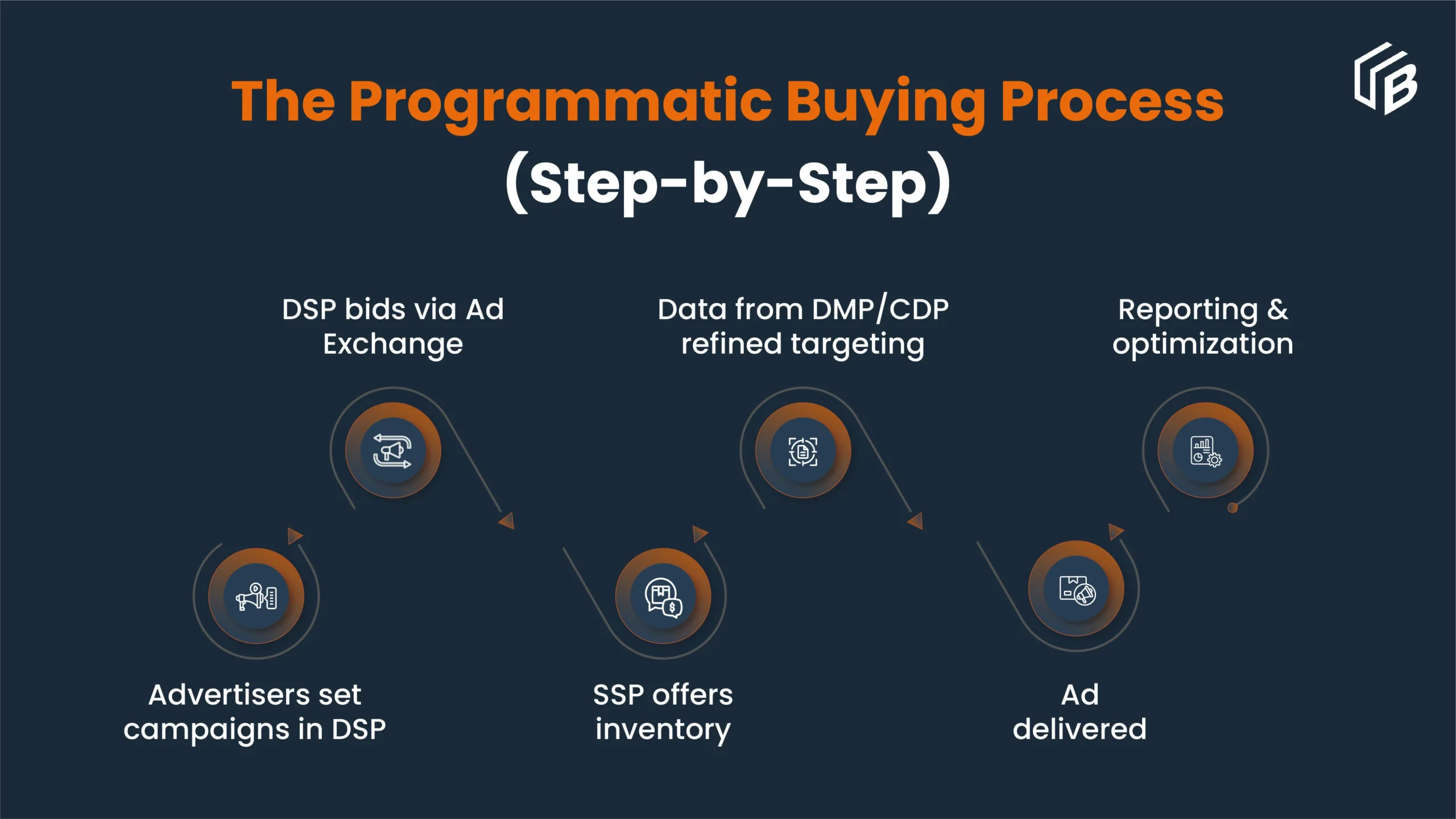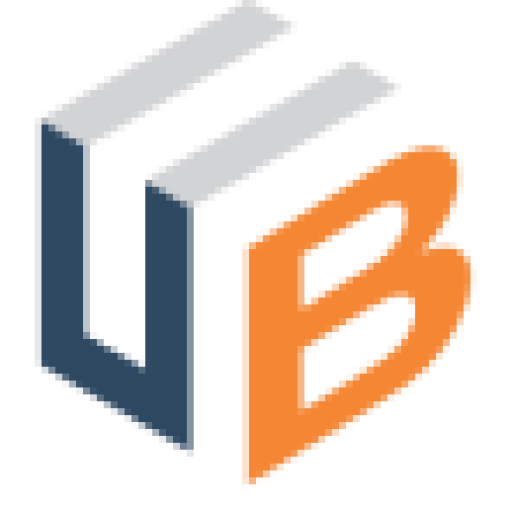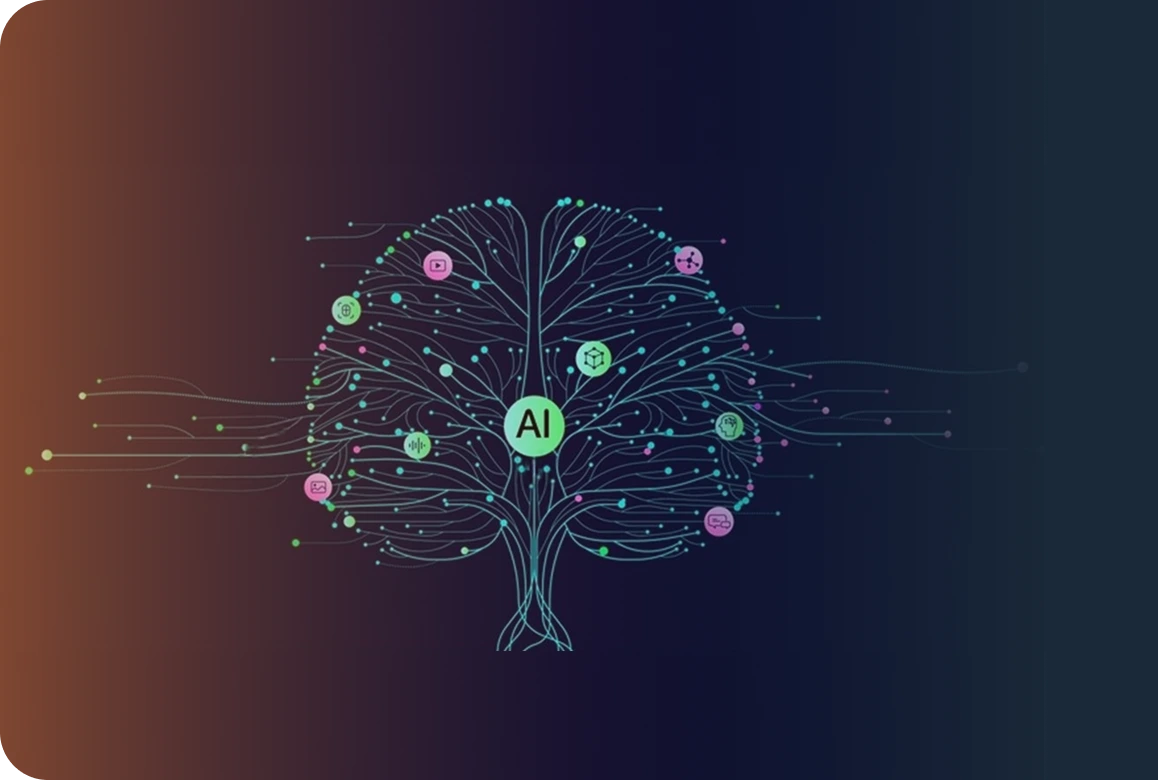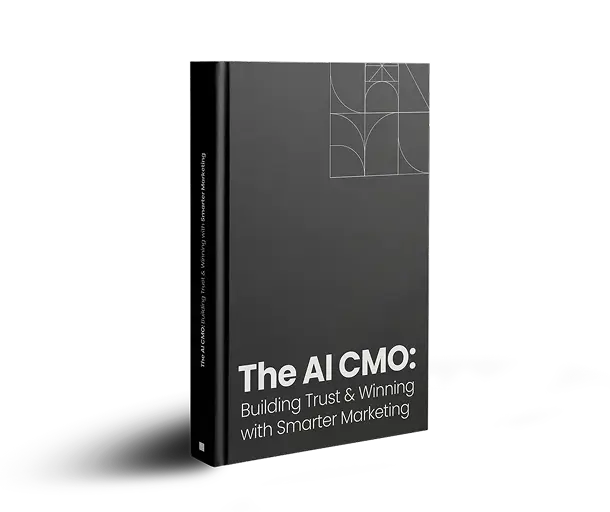
Highlights
- Programmatic advertising in 2025 is powered by automation, intelligence, and personalization.
- Platforms like DSPs, SSPs, DMPs, and CDPs drive precision targeting and efficiency.
- B2B marketers use these platforms to reach decision-makers with accuracy and scale.
- The right programmatic mix turns advertising into a growth engine.
You might be wondering, what’s really driving digital marketing in 2025? The short answer is automation, intelligence, and personalization at scale. And at the core of this evolution are programmatic advertising platforms. These platforms make it possible for marketers to buy and sell ad inventory in real time, using data and algorithms to ensure every impression is delivered to the right audience, on the right channel, at the right moment.
Why does it matter to understand the types of programmatic advertising platforms? Because they have become the foundation of the programmatic media buying process. For B2C companies, these platforms unlock the ability to deliver hyper-relevant messages to consumers across multiple channels. For B2B marketers, they provide the precision to reach decision-makers within specific industries, accounts, or job functions which turns advertising into a growth engine instead of a cost center.
Understanding the 7 Types of Programmatic Advertising Platforms in 2025
1. Demand-Side Platforms (DSPs)
Demand-Side Platforms are one of the most widely used programmatic advertising solutions. They allow advertisers to buy ad inventory from multiple publishers through a single interface. With features like AI-powered optimization, real-time bidding, and precise targeting, DSPs ensure ads are placed at the right time and cost.
Key Features:
- Real-time bidding for inventory
- Advanced targeting using demographics, firmographics, behavior, and intent data
- Access to multiple ad exchanges and networks
- Support for display, video, native, OTT, audio, and CTV
B2B Advantage: In 2025, leading DSPs are built with B2B-specific capabilities. They provide targeting based on company size, industry, job role, or decision-making authority, making them some of the best programmatic advertising platforms for marketers looking to reach niche business audiences.
Examples: The Trade Desk, Google Display & Video 360, MediaMath, Adform
2. Supply-Side Platforms (SSPs)
SSPs are publisher-focused programmatic ad platforms that help media owners manage, price, and sell their inventory to advertisers. They maximize revenue for publishers while ensuring ad placements remain efficient and transparent within the programmatic media buying process.
Key Features:
- Inventory management and yield optimization
- Connections to multiple DSPs
- Brand safety and fraud prevention
- Support for multiple formats, including video and CTV
B2B Advantage: For B2B marketers, SSPs ensure access to high-quality, brand-safe placements. Campaigns benefit from premium industry websites and professional environments, helping advertisers reach decision-makers in credible spaces.
Examples: Google Ad Manager, Magnite, PubMatic, Index Exchange
3. Ad Exchanges
Ad exchanges act as digital marketplaces where DSPs and SSPs connect. They enable real-time auctions that allow advertisers to bid on impressions instantly. They are at the core of programmatic advertising explained in practice, providing the infrastructure for transparent transactions.
Key Features:
- Real-time bidding auctions
- Transparent pricing and inventory insights
- Fraud detection and brand safety tools
- Wide integration with DSPs and SSPs
B2B Advantage: Ad exchanges give B2B marketers scalable access to diverse inventory across professional and industry-relevant channels. This ensures their campaigns reach the right audiences in brand-safe environments.
Examples: OpenX, Xandr, AppNexus, Verizon Media Exchange
4. Data Management Platforms (DMPs)
DMPs are intelligence layers within programmatic advertising platforms that collect and organize data from multiple sources. They enable advertisers to build audience segments that can be activated in the programmatic media buying process for more accurate targeting.
Key Features:
- Audience segmentation and modeling
- Centralized cross-channel data management
- Direct integration with DSPs
- Privacy and compliance controls
B2B Advantage: For B2B programmatic advertising, DMPs are valuable because they allow segmentation based on account-level insights, firmographics, and intent data. This enables marketers to focus on accounts most likely to engage or convert.
Examples: Oracle BlueKai, Lotame, Neustar, Adobe Audience Manager
5. Customer Data Platforms (CDPs)
CDPs unify first-party, identifiable customer data into a single profile. Unlike DMPs, they track individuals across channels, which supports people-based targeting and personalized messaging in programmatic advertising solutions.
Key Features:
- Unified customer profiles
- Real-time personalization
- CRM and automation integrations
- Compliance with global privacy laws
B2B Advantage: For marketers, CDPs are among the top programmatic advertising platforms because they combine sales, CRM, and intent data to drive account-level personalization. This creates highly relevant B2B campaigns that resonate with target buyers.
Examples: Segment, Tealium, Salesforce CDP, Treasure Data
6. Ad Networks
Ad networks bundle publisher inventory into packages and make them available to advertisers. While they predate modern programmatic advertising platforms, many now use automation and data-driven targeting to remain competitive.
Key Features:
- Access to publisher bundles
- Audience targeting by category or vertical
- Programmatic integrations for automation
- Support for display, mobile, and video formats
B2B Advantage: Specialized B2B advertising platforms and networks offer access to industry-specific publications, trade journals, and professional communities. This helps advertisers reach decision-makers in targeted environments.
Examples: LinkedIn Audience Network, BuySellAds, Undertone, InMobi
7. Hybrid Programmatic Platforms
Hybrid platforms combine multiple programmatic advertising platforms into one system, often integrating DSP, SSP, DMP, and analytics. This creates a more seamless workflow and unified campaign view.
Key Features:
- Integrated buying and selling capabilities
- Built-in data management and reporting
- Multi-channel campaign execution
- Advanced attribution and fraud protection
B2B Advantage: For B2B programmatic advertising, hybrid platforms are highly effective. They support account-based marketing, deliver measurable results across channels, and give marketers a single point of control for complex campaigns.
Examples: Amobee, Centro Basis, Zeta Global, StackAdapt

Choosing the Best Programmatic Advertising Platforms in 2025
Selecting the best programmatic advertising platforms in 2025 depends on how well the technology aligns with business goals, audience priorities, and data strategy. For B2B companies, the challenge is scaling campaigns while maintaining precision targeting. The right programmatic ad platform should deliver both reach and accuracy, ensuring that every impression moves prospects further along the buyer journey.
Many B2B technology brands choose to work with partners such as UnboundB2B, a global demand generation agency specializing in advanced programmatic advertising solutions. Through a combination of data-driven targeting, firmographic insights, AI-powered optimization, and creative execution, UnboundB2B enables companies to connect with the right decision-makers. This approach transforms programmatic from a campaign tool into a true driver of growth and pipeline impact.
FAQs
1. What is a programmatic advertising platform?
A programmatic advertising platform is a technology that automates digital ad buying through AI, data, and real-time bidding to deliver targeted ads across channels.
2. What is an example of programmatic ads?
Programmatic ads Examples include display banners, video ads, native ads, and connected TV campaigns purchased via programmatic media buying platforms.
3. What are the different types of programmatic advertising?
The main types of programmatic advertising are real-time bidding (RTB), private marketplaces (PMPs), programmatic direct, and preferred deals.
4. What is the difference between Google Ads and programmatic ads?
Google Ads runs campaigns within Google’s own ecosystem, while programmatic advertising platforms give access to multiple publishers, channels, and ad exchanges for broader reach.
Final Thoughts
In 2025, programmatic advertising platforms have become essential for digital success. Whether it is DSPs, SSPs, DMPs, CDPs, or hybrid systems, each plays a critical role in the programmatic media buying process. Together, these platforms streamline operations, improve targeting precision, and maximize ROI across channels.
For B2B marketers, the takeaway is straightforward: adopting the right mix of programmatic ad platforms is not only about efficiency but also about building smarter and more profitable campaigns. When executed effectively, B2B programmatic advertising evolves into a sustainable growth engine that supports long-term marketing and revenue goals.
Our blog
Latest blog posts
Tool and strategies modern teams need to help their companies grow.

Explore the differences between direct and programmatic ads, their trade-offs, when t...

Discover six hybrid B2B marketing event formats that drive real pipeline growth, enha...

Struggling to convert your SQLs? Learn the common mistake B2B companies make and opti...





